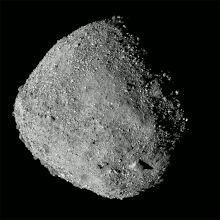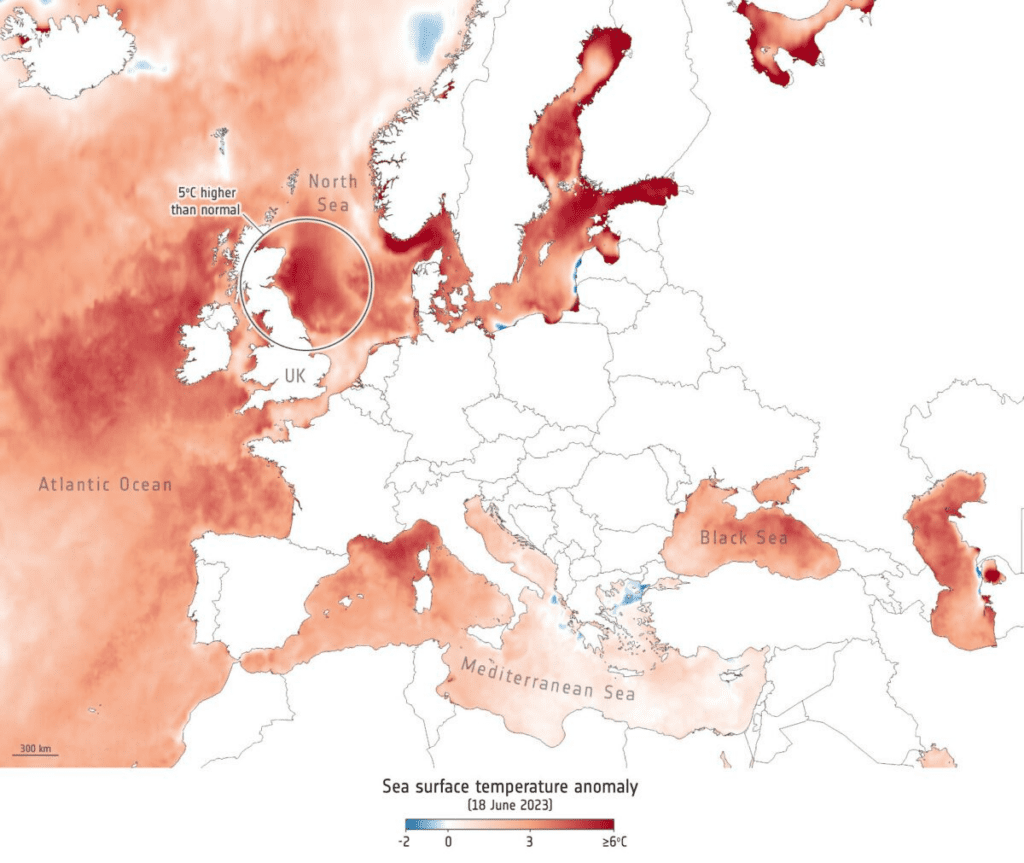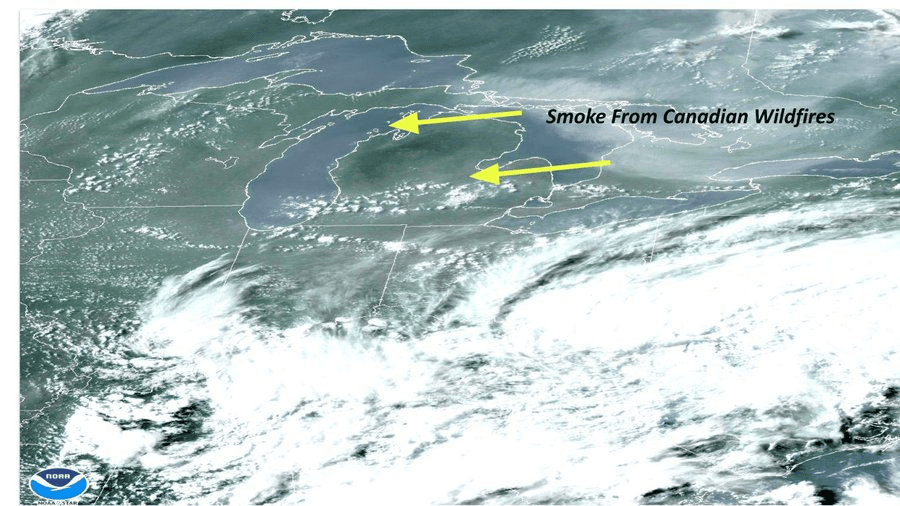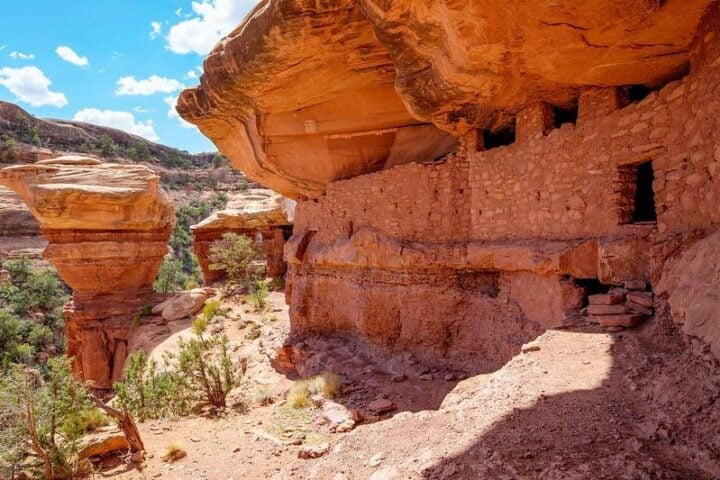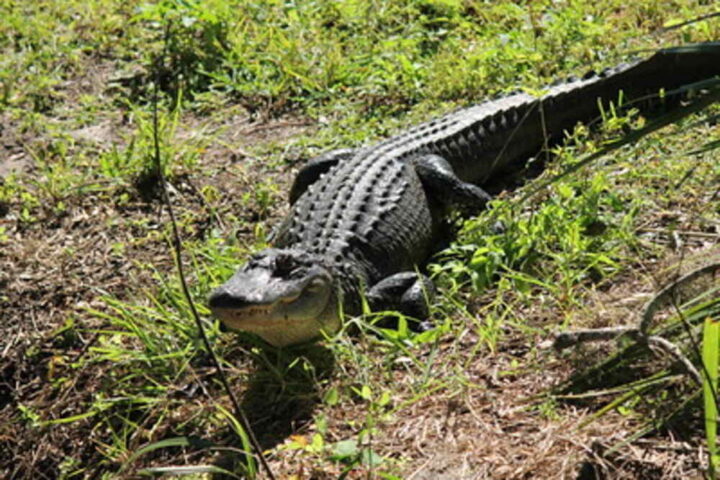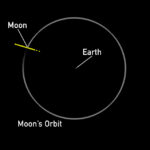Constantly present near Earth, asteroids are often overlooked, but there is a real possibility of one actually colliding with our planet. Currently, NASA is engaged in the meticulous study of an asteroid named Bennu, which carries a 1 in 2,700 chance of impacting Earth sometime between 2175 & 2195.
In order to understand this comprehensively, the OS IRIS-REx spacecraft is embarking on a 2-year mission to investigate Bennu, collecting a sample of asteroid material from its surface and returning it to Earth. This ambitious endeavor also involves studying how the absorption and re-radiation of sunlight by Bennu affect its orbit, potentially increasing the threat it poses to Earth.
In recent reports, NASA has disclosed information about an enormous asteroid that is on a potential collision course with our planet. Measuring approximately 170 feet in diameter, this celestial object is predicted to approach Earth in disconcertingly close proximity.
Remnants from the formation of our solar system, asteroids represent minor planets or small Solar System bodies orbiting the sun. They are larger than meteoroids but significantly smaller than planets. Designated 2018 VP1 by NASA, the incoming asteroid boasts a diameter of around 170 feet and is hurtling towards Earth at an incredible velocity.
Similar Post
NA SA, as the world’s premier space agency, closely monitors such celestial objects through its Center for Near-Earth Objects Studies (CCNEOS). The agency possesses remarkable accuracy in tracking and predicting the paths of these objects, leveraging advanced systems and technologies.
Primarily, CNEOS aims to compute high-precision orbits for all asteroids and comets, as well as predict the likelihood of their close approaches to Earth. As stated by NASA. The trajectory of this particular asteroid may intersect with Earth’s orbit, according to NASA‘s calculations.
The current estimation, however, suggests that the chances of an actual impact are relatively low. Owing to various factors, while the asteroid is projected to make its close approach on a specific date, the exact timing is subject to change.
Current predictions nevertheless indicate an impending close encounter. In the event of an impact, the asteroid could cause significant change, particularly if it were to strike a densely populated area.
The likelihood of such an event, however, is currently deemed to be very low. When will it pass Earth? An asteroid designated as Asteroid 2023 MU is hurtling towards Earth at an astonishing speed and is expected to make its closest approach on June 23, according to data published by CN EOS.
This space rock might have come as close as 7 million kilometers to Earth, with a velocity of 50,305 kilometers per hour.
Considering the size of the asteroid, it is relatively small in astronomical terms, although this distance might seem substantial. NASA estimates that it is nearly as large as an aircraft, measuring approximately 170 feet wide. Characterized by Earth-crossing space rocks with semi-major axes larger than Earth’s, it belongs to the Apollo group of Near -Earth Asteroids.
These asteroids are named after the colossal 1862 Apollo asteroid, discovered by German astronomer Karl Reinmuth in the 1930s. The ongoing importance of technological advancements in detection and monitoring programs is emphasized by close encounters with asteroids.
These initiatives play a crucial role in safeguarding our planet from potential asteroid impacts. Along with international space agencies, NASA tirelessly works to devise contingency plans in the event of significant changes in the trajectory of such asteroids.
These plans may involve diversion tactics and other precautionary measures. With many expressing their concerns and curiosity about this celestial event, the news of this incoming asteroid has ignited a frenzy on social media.
It is essential to recognize that NASA and other space agencies around the world are actively monitoring, while the prospect of an asteroid colliding with Earth can be alarming.
